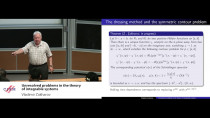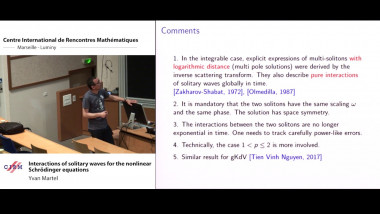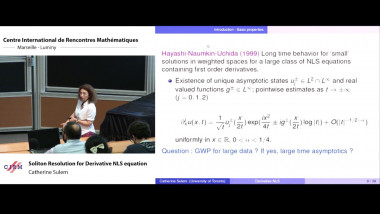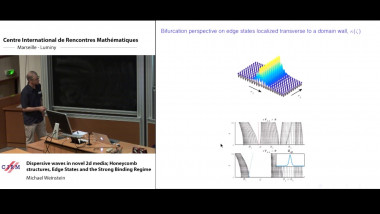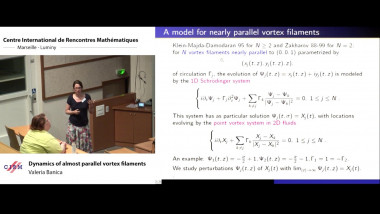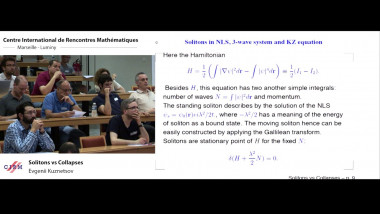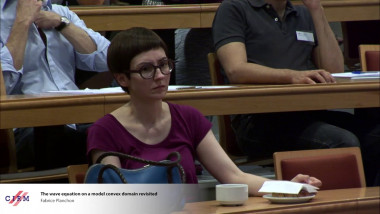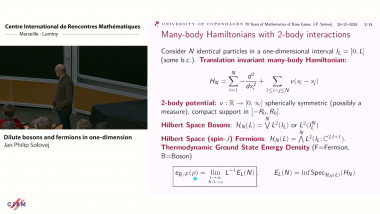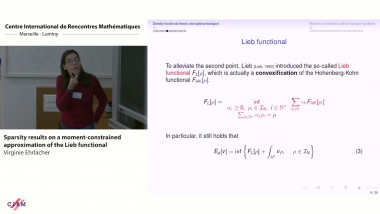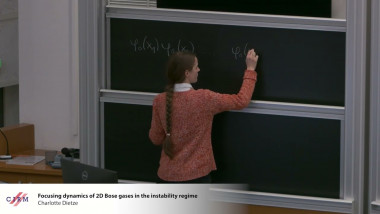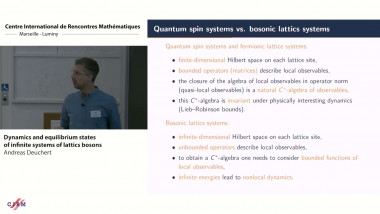Interactions of solitary waves for the nonlinear Schrödinger equations
By Yvan Martel
I will present two cases of strong interactions between solitary waves for the nonlinear Schrödinger equations (NLS). In the mass sub- and super-critical cases, a work by Tien Vinh Nguyen proves the existence of multi-solitary waves with logarithmic distance in time, extending a classical result of the integrable case (1D cubic NLS equation). In the mass-critical case, a work by Yvan Martel and Pierre Raphaël gives a new class of blow up multi-solitary waves blowing up in infinite time with logarithmic rate. These special behaviours are due to strong interactions between the waves, in contrast with most previous works on multi-solitary waves of (NLS) where interactions do not affect the general behaviour of each solitary wave.











